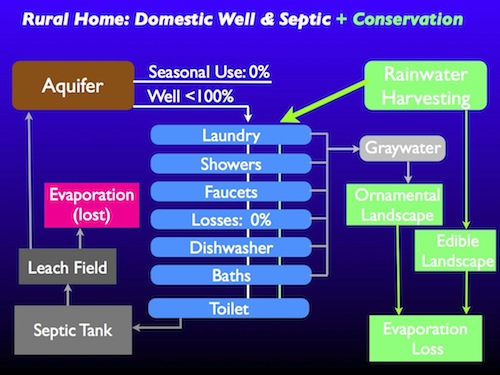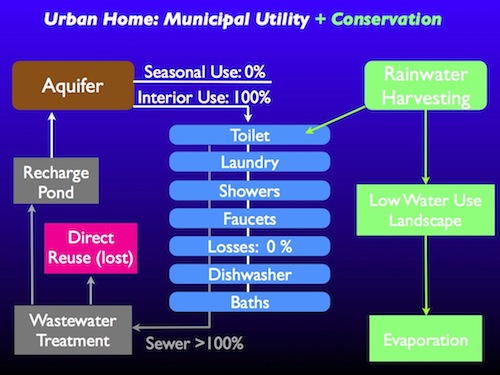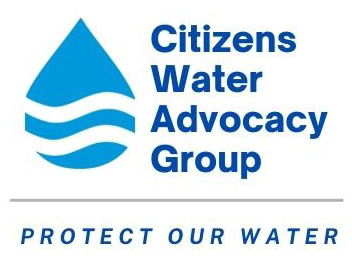Conservation
Rainwater Harvesting Vendors
Harvesting rainwater will save you money, protect our aquifer and the Verde River. Also, rainwater is better for your plants because it contains no salts, chlorine or other chemicals.
Prescott Vendors for Rainwater Harvesting Equipment and Services
As a public service, CWAG lists vendors of rainwater harvesting equipment and services. Disclaimer: CWAG does not endorse any commercial businesses. We also have a page of drought-tolerant plant vendors.
Skywater LLC, Rainwater Collection Systems, PO Box 2100 Prescott, AZ 86302, 928-899-6489. ARCSA certified, Consulting/ Design/Build Company, skywaterarizona.com/
Prescott Landscape Professionals, 928-830-3480, prescottland
PLP partners with Arizona Seamless Gutters to install a turn key rainwater harvesting and distribution systems for commercial and residential properties. See PLP's presentation to CWAG.
Southwest Water Tanks, 588 S Cold Water Lane, Dewey, 928-592-3252, https://sw-tanks.com/
Ariete Development, 602-935-1413 https://www.arietedevelopment.com/ 3298 N Glassford Hill Rd #104-11, Prescott Valley, Arizona, 86314. Permaculture earthworks, tree chipping and mulching, rain water harvesting, tree planting/ maintenance, irrigation installation, garden preparation.
C-A-L Ranch Stores Prescott, 1048 Willow Creek Rd, 928-717-5408
Unfortunately, as of spring 2023, the store no-longer sells rainbarrels.
You may be able to find used barrels at other businesses.
List updated 12 Jul 23
Vendors: to have your water-saving business added to this list, send information or updates to
Rainwater Harvesting and Water Budget
|
Rainwater harvesting has been used for thousands of years. Today, homes from Australia to Hawaii rely on it for indoor and outdoor water supply. Arizona ranchers began collecting rainwater many decades ago. This is an ancient, well proven method of adding high quality water to the community water supply. It works very well in our area with only 12" of rainfall. Rainwater is better for plants than tap water – no minerals! There are no legal barriers to the use of rainwater for landscape use. Rainwater Harvesting Tips (illustrated article) Rainwater Harvesting Slideshow (slides plus notes in 3/page format) Vendors: View a list of local vendors for drought-tolerant plants and rainwater harvesting systems. Native plant lists: Native plant list for Prescott and Yavapai County Plant Communities City of Prescott Water Conservation pageCity of Prescott Rainwater Harvesting Water Bill Credit also available for other water saving purchases (for City of Prescott water customers) City of Prescott Rainwater Passive Harvesting (Rain Garden) Installation Guide and Water Bill Credit (for City of Prescott water customers) City of Prescott Plant Booklet Passive Rainwater Harvesting, pamplet from the Cooperative Extension Service Water Budget Spreadsheet -- Excel spreadsheet to estimate landscape water needs (including effect of rainwater harvesting based on booklet "Harvesting Rainwater for Landscape Use") page revised 19 Apr 2023. Please tell us at |
|
|
|
Water Budget Spreadsheet
An Excel spreadsheet for estimating landscape water requirements including the impact of rainwater harvesting. The spreadsheet is based on the booklet Harvesting Rainwater for Landscape Use.
Conserving Rural Home
For a rural home with water conservation, tap water is not used outdoors. Leaks have been reduced to zero. High efficiency toilets, faucets, and appliances have been installed. Rainwater harvesting is used for selected indoor uses and for irrigating edible plants. Graywater is collected for use on ornamental landscapes. Water use is less than 35 gpcd (gallons per capita per day). Less groundwater is running into the septic tank. Lower total water use means that groundwater pumping is immediately diminished.

Conserving Urban Home
For an urban home with water conservation, tap water is not used outdoors. Rainwater harvesting is used for landscape irrigation, and could be used for toilet flushing as well. Leaks have been reduced to zero. High efficiency toilets, faucets, and appliances have been installed. Water use is less than 35 gallons per capita per day. Less groundwater is running into the sewer. Lower total water use means that groundwater pumping is immediately diminished.

